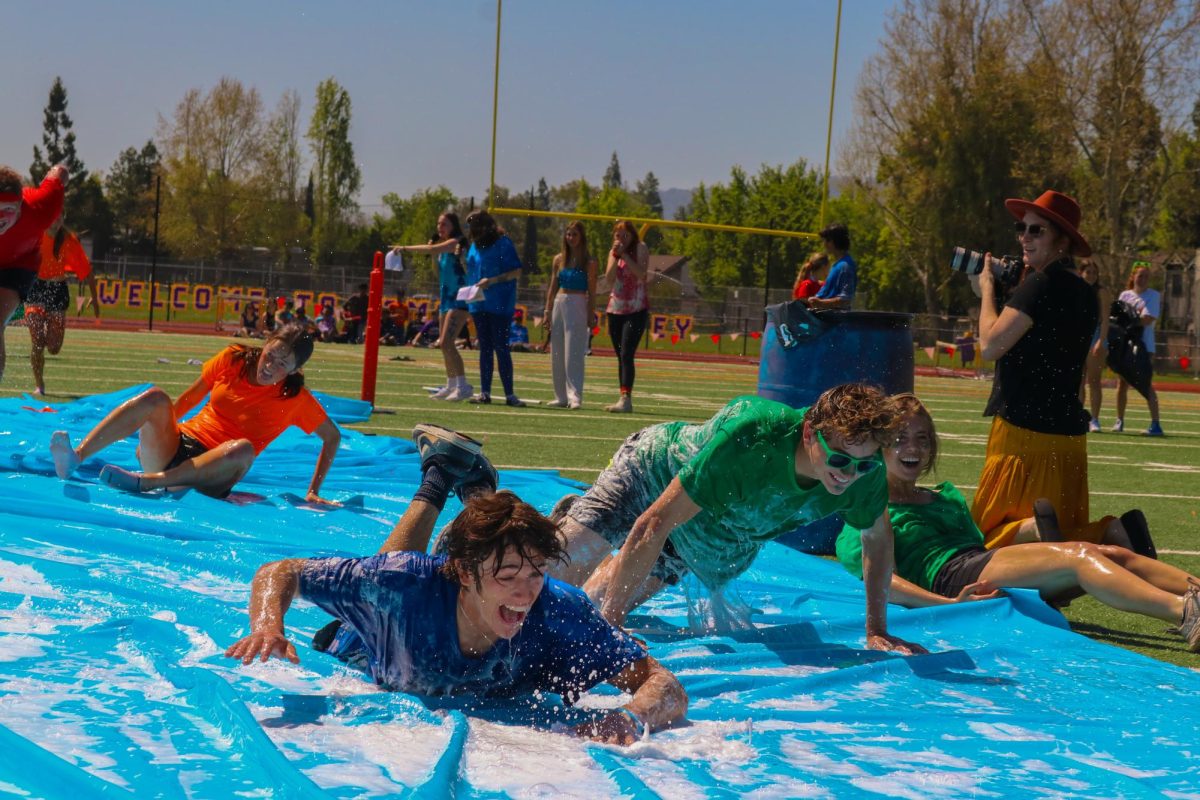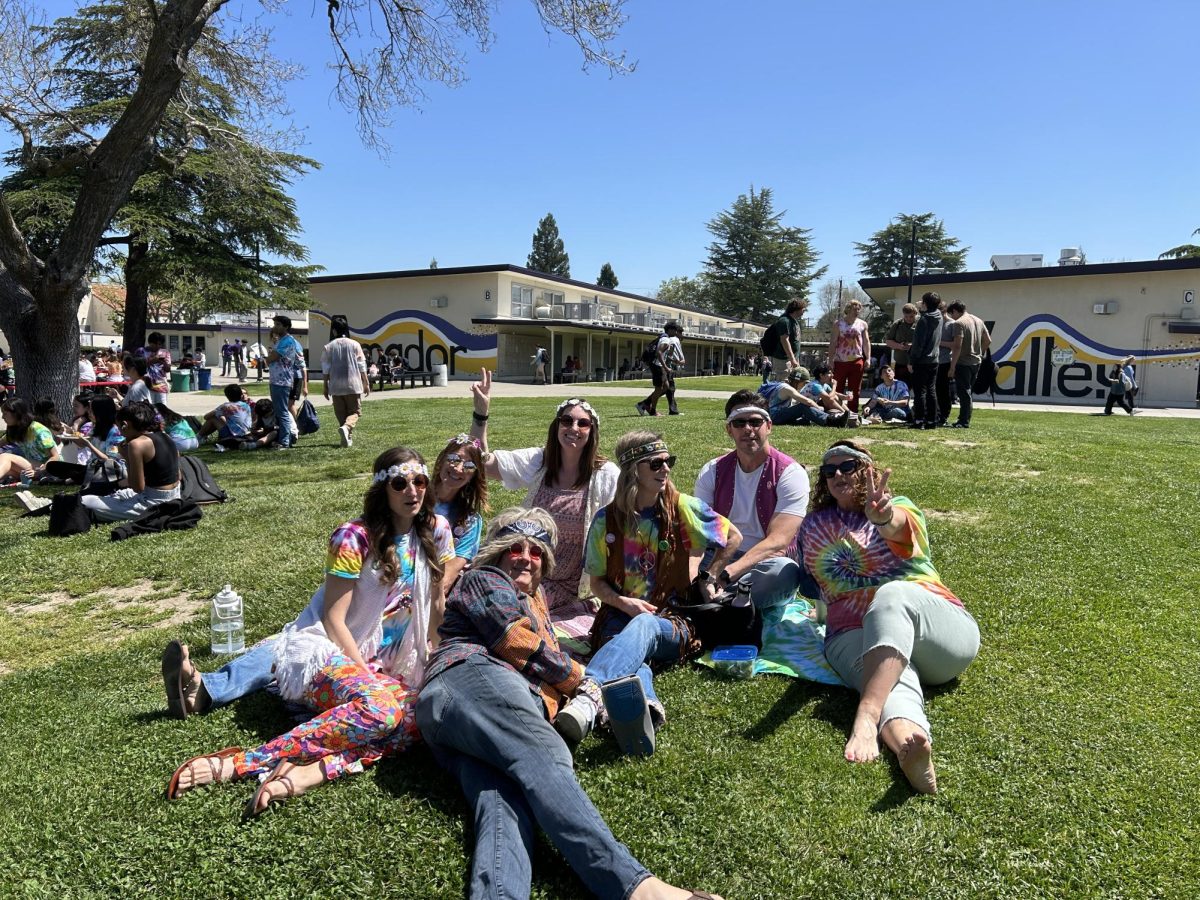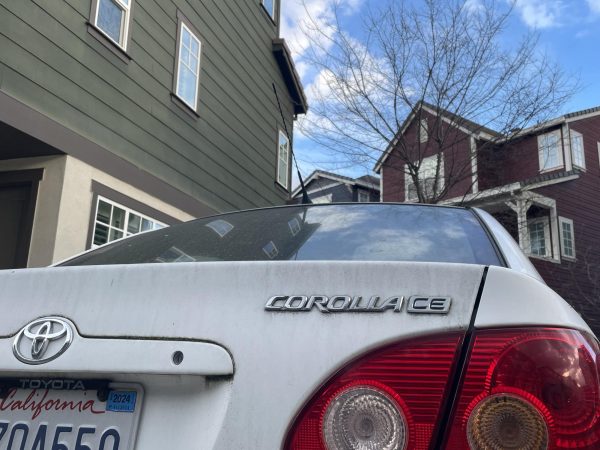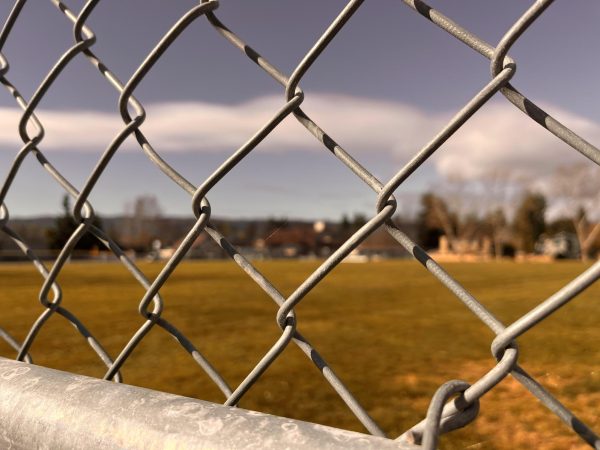California droughts: Where are we and will the rain help?
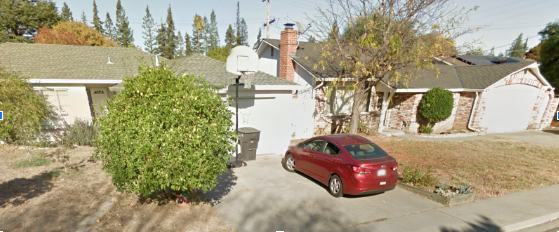
Dry lawns are a result of a drought, seen here during the 2015 drought.
May 2, 2022
Recently, California–especially the Bay Area–has fallen into another drought. Pleasanton residents are no strangers to water restrictions, as the previous 6-year drought concluded only a few years ago in 2017. Although this drought has not reached this level, the uncertainty and dry winter and spring have many homeowners concerned about the drought repercussions.
“My lawn is pretty important to me and I enjoy keeping it green. But with news of this new drought, I am concerned that I won’t be able to water my lawn as much as I want to,” said Pleasanton homeowner Taylor Hutchinson.
From July 1, 2020 – June 30, 2021–California received only 5.82 inches of rain. This is historically low, and when compared to the 2018-2019 and 2019-2020 seasons, 18.82 inches and 14.86 inches, respectively, it displays the severity of the situation.
“The calendar year 2022 is a critically dry year and is the third dry year in a row. This year’s January, February, and March sequences have now become the driest on record (about 100 years), indicating how severe this drought is,” said Zone 7 Water Agency Principal Engineer Amparo Flores.
To combat this drought the state and cities alike are setting out water restrictions. The nearby city of Milpitas recently banned the cleaning of outdoor surfaces and motor vehicles, as well as restricting outdoor watering. Governor Newsom has also asked local water suppliers to tighten water limits. This is all too similar to the previous grueling drought which resulted in a mandate for water agencies to reduce water usage by 25%.
“Recognizing the severity of the drought, the Governor recently issued an Executive Order calling for stricter water conservation actions across the state. Locally, Zone 7 is requiring water retailers to conserve water by 15%. The retailers (Cities of Pleasanton and Livermore, Dublin San Ramon Services District, and Cal Water) are consequently asking their customers to reduce their water use accordingly,” said Flores.
Zone 7 is Pleasanton’s local water agency. They also serve the nearby cities in the Tri-Valley region. They receive water from snowmelt in the Sierra Nevada, specifically the Hetch-Hetchy reservoir in Yosemite, that goes through a series of Reservoirs and aqueducts, such as the South Bay aqueduct. Numerous droughts have occurred because of the lack of snowpack in the Sierra Nevadas.
“Forecasting hydrologic conditions is very difficult so I don’t know whether next year will be dry again, or wet, or normal. What we do know is that the impact of years of dry weather can last a while,” said Flores.
In the past there have been false hopes of El Ninos (Oscillation of warm water that creates several rain storms), such as the one in 2015, and there have been predictions of droughts lasting longer than they really did. Nothing can deter mother nature from following its course through California, and residents and officials need to act accordingly.


